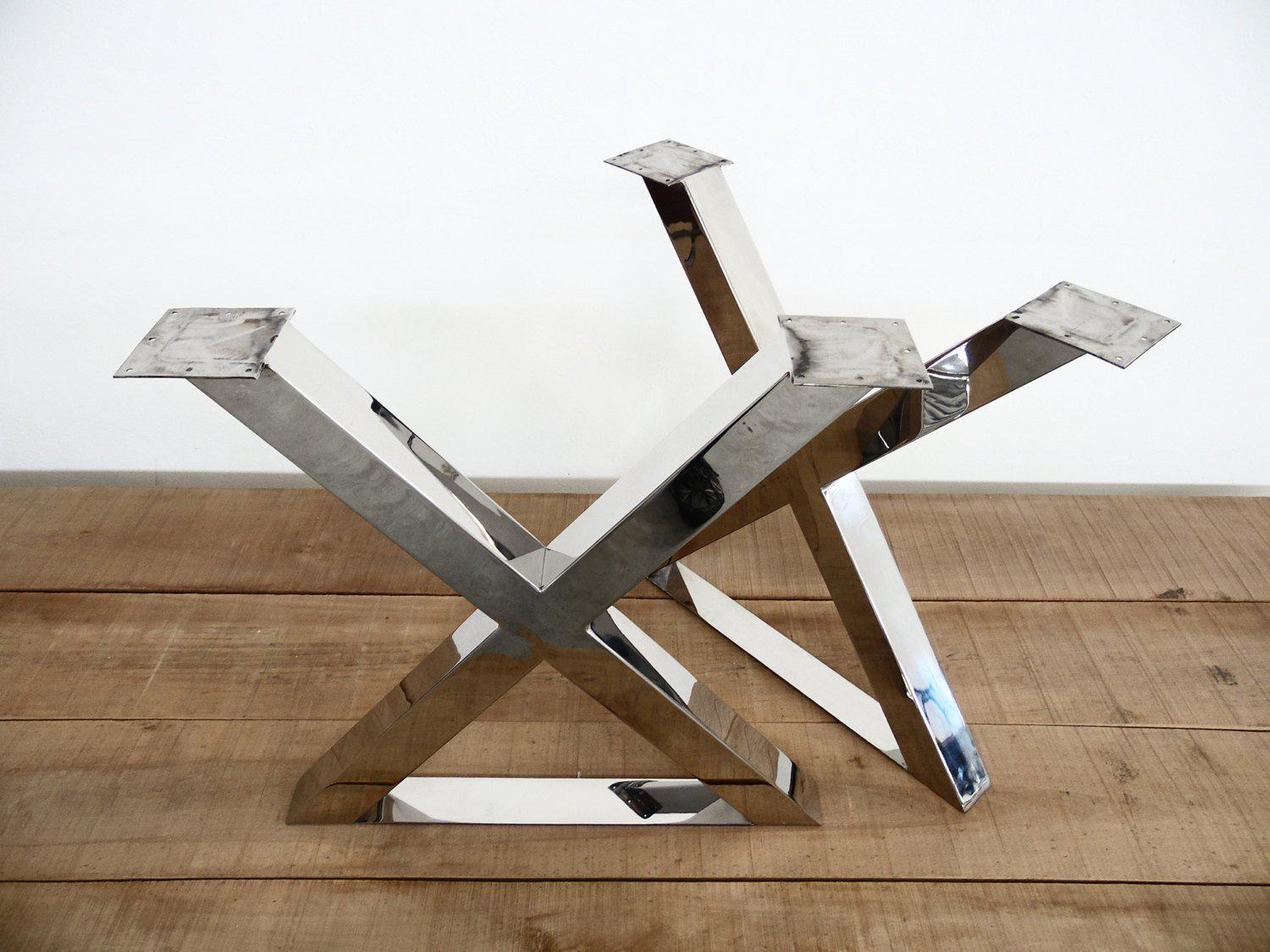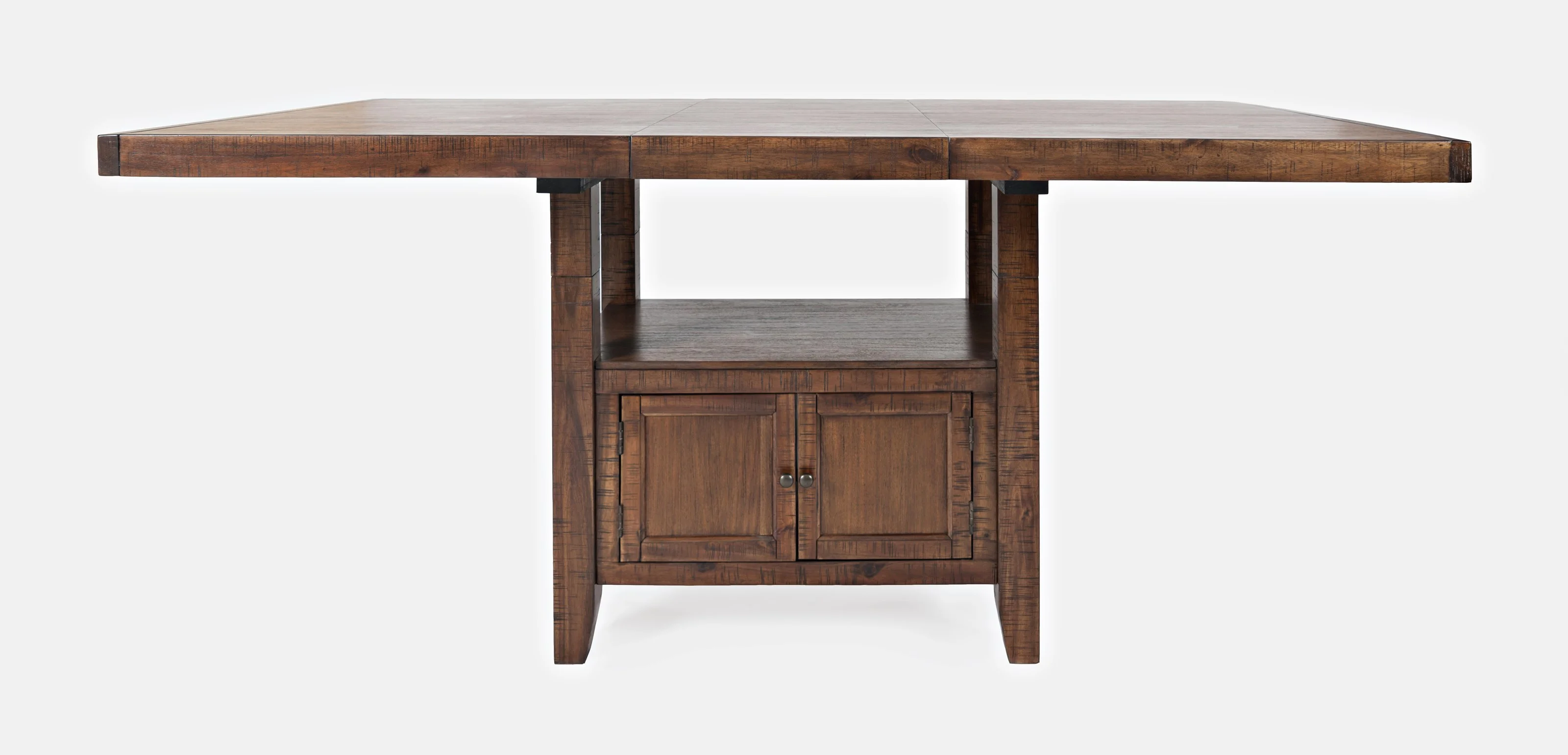Affordable and High-Quality Dining Room Table Legs for Every Budget
Affordable and High-Quality Dining Room Table Legs for Every Budget
Blog Article
From Standard to Modern: Locate the Suitable Eating Space Table Legs for Your Design
The choice of dining-room table legs plays a crucial role in defining the total personality of your area, bridging the space in between traditional craftsmanship and contemporary aesthetics. While traditional styles such as cabriole and turned legs stimulate a sense of timeless class, modern styles like barrette and geometric choices provide an opportunity for striking aesthetic passion. Examining the best balance between these styles needs a nuanced understanding of your existing decoration and individual preference. As you take into consideration these components, the concern continues to be: how can you effortlessly integrate these diverse leg designs to create an unified dining experience?
Understanding Table Leg Styles
The selection of eating room table leg styles can significantly influence both the looks and performance of the room. Each leg style contributes special visual aspects and practical attributes, satisfying diverse style preferences and use demands. Recognizing these styles is vital for choosing the appropriate table that lines up with your total interior design vision.
For instance, conical legs supply a tidy, traditional appearance that can boost an area's beauty, while stand bases provide stability and make best use of legroom, making them ideal for smaller rooms. Hairpin legs, a hallmark of mid-century modern-day layout, introduce an industrial style, enabling a ventilated, open feel. Trestle legs stimulate rustic beauty, supplying durable support and a feeling of timelessness.
Wood legs can bring warmth and structure, whereas steel options often share a smooth, contemporary vibe. Ultimately, recognizing table leg styles is necessary for creating a cohesive dining location that reflects individual design while making certain practicality and comfort.
Typical Table Leg Options
When selecting dining space table legs, typical options typically symbolize ageless style and craftsmanship. These designs show an abundant heritage and a commitment to high quality, making them suitable for those that value traditional aesthetic appeals.
Among the most famous typical leg designs is the cabriole leg, characterized by its graceful bent shape. This layout frequently features decorative carvings and is most typically located in Queen Anne and Chippendale furniture. One more popular choice is the turned leg, which boasts a series of smooth, rounded forms that give a timeless appearance while keeping stability.
Additionally, the straight leg, while easy, provides a durable and unadorned structure that can mix perfectly with a range of tabletop designs. For those attracted to ornate outlining, claw-and-ball feet legs stimulate a sense of splendour and can act as a stunning focal factor in any kind of dining space.
Lastly, pedestal bases, although not strictly legs, offer an alternate typical alternative that allows for ample legroom and can be wonderfully sculpted. Each of these standard leg styles adds to the total atmosphere of an eating room, marrying function with aesthetic appeal.

Modern Table Leg Styles
Modern table leg styles provide a diverse variety of styles that emphasize ingenious products and clean lines. These styles typically prioritize performance while functioning as striking prime focus within a dining room. Minimal aesthetics are prevalent, with legs crafted from materials such as steel, glass, and engineered timber, which add to a modern and ventilated feel.
One prominent design is the hairpin leg, identified by its slender, tapered framework that provides stability without frustrating the tabletop (dining room table legs). This style is frequently found in mid-century contemporary furnishings and can effortlessly complement various table shapes. Another pattern is the use of geometric forms, where legs may tackle angular or unbalanced forms, adding visual interest and a touch of virtuosity

Blending Designs for Distinct Areas
Typically, house owners seek to create unique eating rooms that show their personal style by mixing different style aspects. This technique permits the incorporation of varied visual appeals, leading to an unified yet distinct setting. For circumstances, matching a rustic wooden table with streamlined, contemporary metal legs can develop a distinctive comparison that elevates the room's total charm.
Furthermore, incorporating vintage table legs with contemporary tabletops can stimulate a sense of background while preserving a contemporary perceptiveness. Such combinations not just showcase private taste however additionally motivate creative thinking, enabling homeowners to curate an area that feels both personal and welcoming.
Shade plays a critical duty in this blending procedure; selecting table legs that enhance or comparison with the existing color design can enhance visual passion. For instance, whitewashed legs can this contact form soften the daring of a dark table surface, developing a well balanced visual.
Tips for Selecting the Right Legs
Selecting the right table legs is important for accomplishing both functionality and visual appeal in your eating space. Begin by considering the general design of your room. Traditional setups gain from legs that include complex carvings or turned styles, while modern areas may call for streamlined, minimalist styles.
Following, analyze the height and stability of the legs. dining room table legs. Conventional table range between 28 to 30 inches in height, so ensure the legs complement this measurement for convenience. Furthermore, robust materials, such as hardwood or steel, can improve security and long life
Evaluate the leg shape also-- choices include straight, tapered, or pedestal designs. Straight legs provide a traditional appearance, while conical legs can add a touch of sophistication. Pedestal bases supply sufficient legroom and are perfect for smaller sized areas.
Conclusion
In recap, picking the perfect eating space table legs requires cautious factor to consider of both typical and modern-day designs. By harmonizing leg design, height, and material with the general decoration, a natural and welcoming ambience can be achieved.
The variety of dining space table leg designs can significantly influence both the visual appeals and performance of the area. Inevitably, recognizing table leg styles is visit the website essential for producing a natural dining location that reflects individual style while making certain usefulness and convenience.One of the most legendary conventional leg designs is the cabriole leg, characterized by its elegant curved form. Straight legs provide a timeless look, while tapered legs can add a touch of elegance.In summary, selecting the suitable dining space table legs calls for careful check over here consideration of both standard and modern-day designs.
Report this page